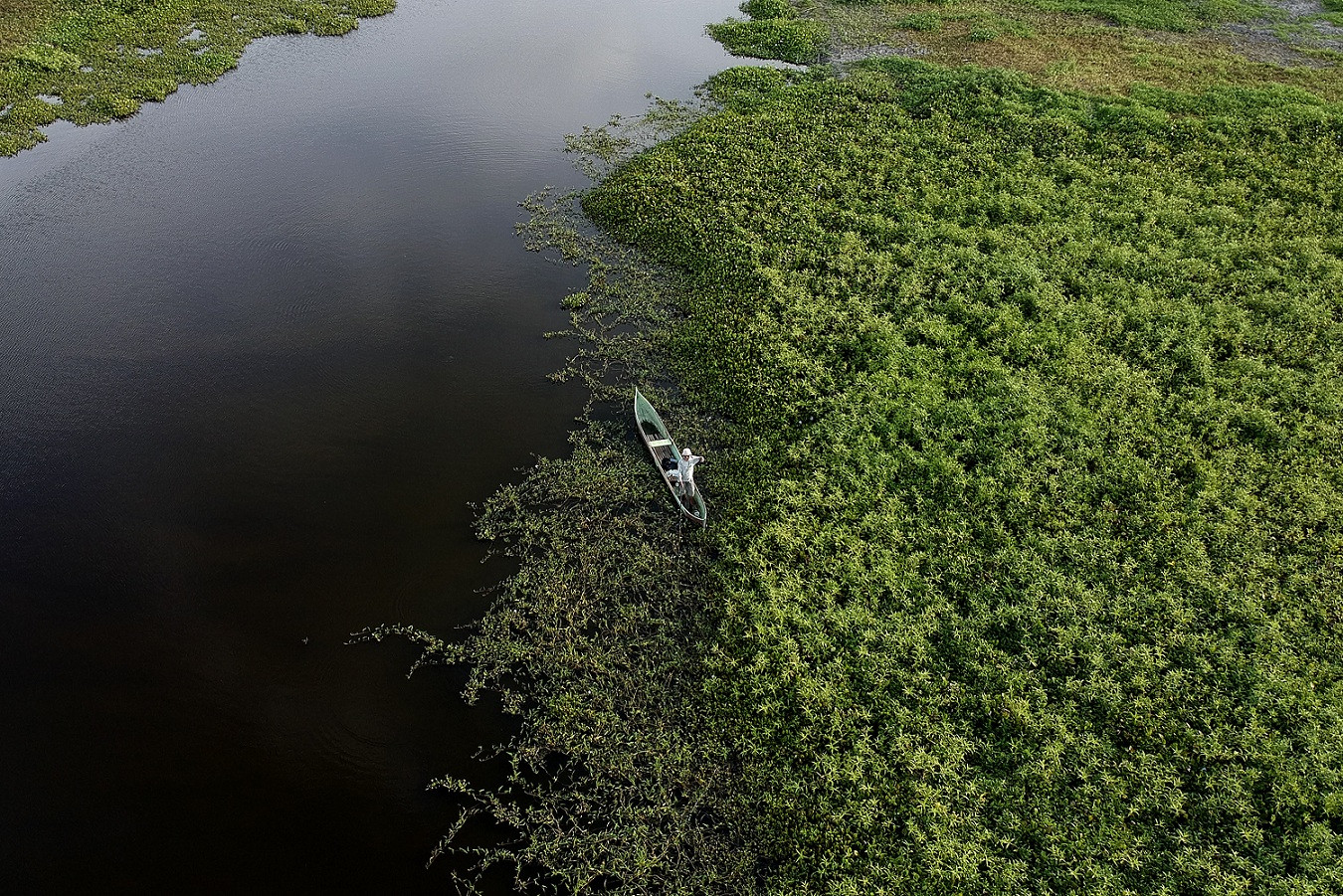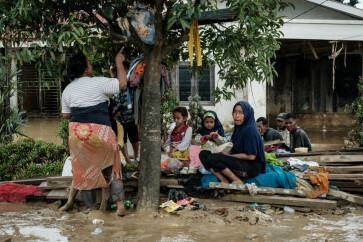Popular Reads
Top Results
Can't find what you're looking for?
View all search resultsPopular Reads
Top Results
Can't find what you're looking for?
View all search resultsHeavy sedimentation threatens lakes in East Kalimantan
Change text size
Gift Premium Articles
to Anyone
E
xcessive sedimentation and deforestation are endangering three great lakes in East Kalimantan, namely Semayang, Melintang and Jempang.
Research conducted by the Indonesian Institute of Sciences (LIPI) found the lakes had received at least 100,000 cubic meters of sedimentation each year since 2004.
The heavy sedimentation has led to the disappearance of nine smaller lakes.
“The borders of the nine lakes have disappeared and now it’s difficult to find the lakes. This happened because of the sedimentation and deforestation around the lakes,” a researcher from LIPI, Dede Irving Hartoto, said.
The sedimentation is caused by the ongoing massive deforestation taking place in the upstream section of the Mahakam River, he added.
The opening of new large oil palm plantations around the lakes has also contributed to the sedimentation.
According to LIPI 26 large oil palm plantations have been created around the lakes since 2004.
“During the dry season the lakes will be so dry that cars and motorcycles can cross through them,” a tourist guide, Innal Rahman, said.
However, a contrasting situation occurs when the rainy season arrives and the lakes overflow.
Researcher in rare aquatic species from the Indonesia Conservation group (RASI) Danielle Kreb said in order to prevent conditions in the lakes deteriorating the authorities needed to shore up the sides of the lakes.
Kreb added that education among local people and policymakers was also of the highest importance to raise awareness about the lakes’ condition. Proper education would also promote sustainable measures to protect the lakes such as preventing local fishermen catching fish using poisonous potassium cyanide.
The three lakes are among 15 critical lakes in the country that will be prioritized in ecological revitalization programs. The other lakes include Lake Toba in North Sumatra, Lake Batur in Bali and Lake Limboto in Gorontalo. (hol)










